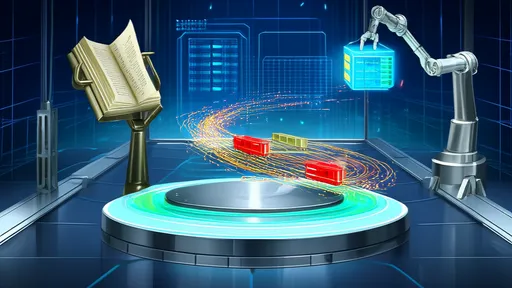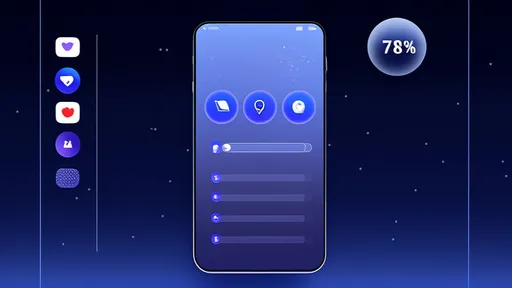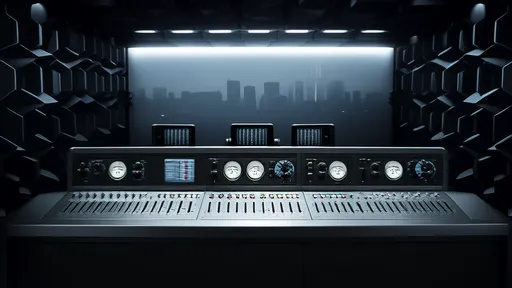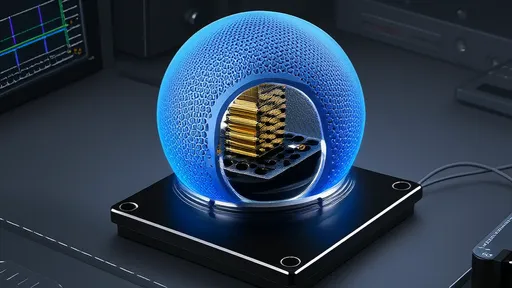The realm of touchscreen technology has evolved dramatically over the past decade, yet one persistent challenge remains: touch latency. As users demand faster and more responsive interfaces, manufacturers and developers are under increasing pressure to minimize the delay between touch input and on-screen response. Touch latency, often measured in milliseconds, can significantly impact user experience, particularly in high-stakes applications like gaming, professional design, and real-time collaboration tools.
Understanding Touch Latency
Touch latency refers to the time it takes for a device to register a touch input and render the corresponding visual or functional feedback. This delay is influenced by a multitude of factors, including hardware capabilities, software optimization, and even environmental conditions. For instance, capacitive touchscreens, which dominate the market, rely on electrical signals to detect touch. The speed at which these signals are processed can vary depending on the quality of the touch controller, the refresh rate of the display, and the efficiency of the operating system's input handling.
In recent years, the industry has made strides in reducing touch latency, with some flagship devices boasting figures as low as 20 milliseconds. However, achieving consistently low latency across a wide range of devices and use cases remains a formidable challenge. This is where touch latency stress testing, or "touch latency benchmarking," comes into play. By rigorously testing devices under controlled conditions, engineers can identify bottlenecks and optimize performance.
The Importance of Stress Testing
Stress testing for touch latency involves subjecting a device to a series of demanding scenarios to evaluate its responsiveness under load. These tests often simulate real-world conditions, such as rapid multi-touch inputs, prolonged usage, or interactions with resource-intensive applications. The goal is not only to measure baseline latency but also to understand how the device performs when pushed to its limits.
One common method involves using high-speed cameras to capture the exact moment a touch is registered and the subsequent on-screen response. By analyzing these recordings frame by frame, testers can pinpoint delays with remarkable precision. Another approach leverages specialized software that generates a stream of touch events while monitoring the device's response times. These tools provide quantitative data that can be used to compare different devices or track improvements over time.
Challenges in Touch Latency Optimization
Despite advancements in testing methodologies, reducing touch latency is far from straightforward. One major hurdle is the interplay between hardware and software. Even if a device boasts a high-performance touch controller, inefficient software algorithms can introduce unnecessary delays. Conversely, well-optimized software can only do so much if the underlying hardware is inherently slow.
Another challenge lies in the diversity of touchscreen technologies. Resistive, capacitive, infrared, and optical touchscreens each have unique characteristics that affect latency. For example, resistive touchscreens, while less common today, are still used in certain industrial applications due to their durability. However, they typically exhibit higher latency compared to capacitive screens. Developers must account for these differences when designing applications or optimizing systems.
The Human Factor
Beyond technical considerations, human perception plays a critical role in touch latency. Studies have shown that most users can detect delays as low as 10 milliseconds, particularly in fast-paced interactions like gaming or drawing. This sensitivity varies from person to person, but the general trend is clear: as devices become more responsive, user expectations rise accordingly.
Interestingly, perceived latency isn't solely determined by the raw delay between touch and response. Factors like animation smoothness, haptic feedback, and even auditory cues can influence how responsive a device feels. For instance, a well-timed vibration or sound effect can create the illusion of instantaneous feedback, even if the actual processing delay is slightly higher. This psychological dimension adds another layer of complexity to latency optimization.
Future Directions
Looking ahead, the pursuit of lower touch latency shows no signs of slowing down. Emerging technologies like 120Hz and even 240Hz refresh rate displays are becoming more prevalent, offering new opportunities to reduce perceived latency. Similarly, advancements in touch controller chips and predictive touch algorithms promise to further close the gap between input and response.
Machine learning is also entering the picture, with some researchers exploring AI-driven approaches to anticipate user inputs before they occur. By analyzing touch patterns and context, these systems aim to pre-render likely responses, effectively eliminating latency before it happens. While still in its early stages, this approach could revolutionize how we think about touch responsiveness.
As the boundaries between physical and digital interactions continue to blur, the importance of touch latency will only grow. From foldable devices to augmented reality interfaces, each new form factor presents unique challenges for maintaining low latency. Through continued innovation in both hardware and software, coupled with rigorous stress testing methodologies, the industry is poised to deliver ever more responsive and immersive touch experiences.

By /Aug 15, 2025

By /Aug 15, 2025

By /Aug 15, 2025

By /Aug 15, 2025

By /Aug 15, 2025

By /Aug 15, 2025

By /Aug 15, 2025

By /Aug 15, 2025

By /Aug 15, 2025

By /Aug 15, 2025

By /Aug 15, 2025

By /Aug 15, 2025

By /Aug 15, 2025

By /Aug 15, 2025

By /Aug 15, 2025

By /Aug 15, 2025

By /Aug 15, 2025

By /Aug 15, 2025

By /Aug 15, 2025

By /Aug 15, 2025